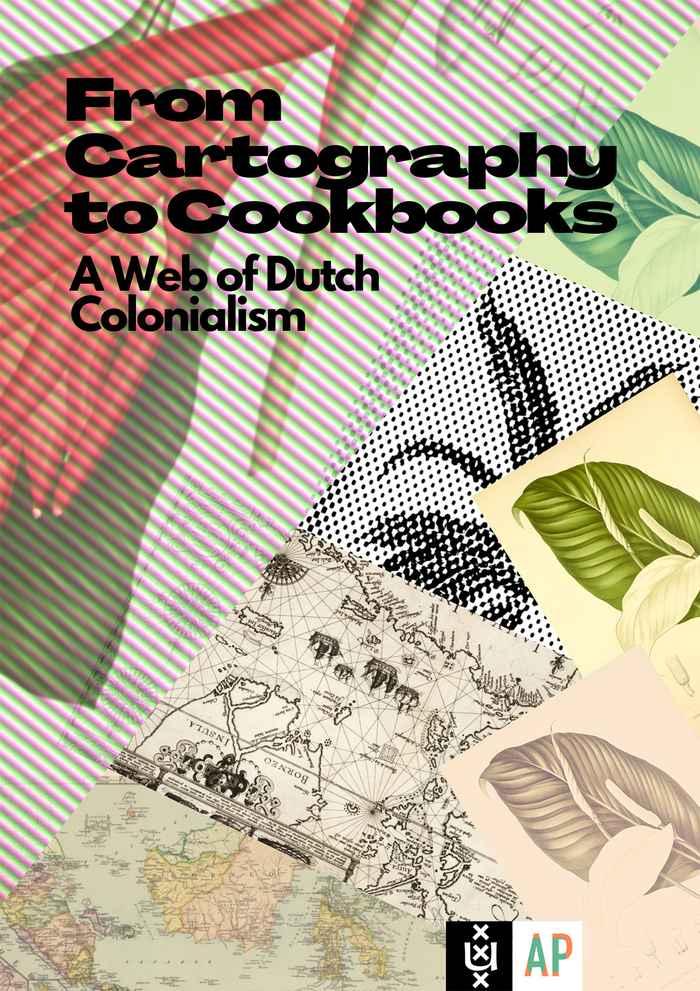Maps and cookbooks display the Dutch colonial past
UvA students Museum Studies make online exhibition in the Allard Pierson
11 March 2021

Every year, students of the Museum Studies Master’s programme put together an exhibition in the Allard Pierson museum. This year, however, due to the lockdown, some adaptations had to be made. As it was unclear when museums would be able to open their doors again, it did not take lecturer Colin Sterling and his fourteen students long to decide that From Cartography to Cookbooks had to become a fully digital exhibition.
This posed quite a challenge, Sterling explains. ‘By now, we are used to online meetings and education, but putting together an online exhibition in four weeks’ time without being in the same space is quite complicated. Furthermore, the students only had access to digitised material, because the Allard Pierson was closed. This made it much harder to perform extensive archival research.’
The students selected the objects that were to be used in the exhibition from a list of objects supplied by the curators of the Allard Pierson. They chose to focus on maps and cookbooks, two types of objects that are well-suited to being used in an online exhibition and in which the colonial past is clearly visible.
Parcelling out the world
‘Making maps and demarcating land was a much-used technique in colonial government,’ says student Camiel de Kom. By using maps, colonists parcelled out the world into various parts in order to express their control over those areas. Colonialism can be seen in many cookbooks printed in the colonial era, too, among others in the appropriation of recipes and spices from the East Indies. The cookbooks and maps furthermore illustrate the way Dutch colonial society separated gender roles: cooking was seen as a female pursuit, while cartography was an exclusively male domain.
From within your own living room, you can view these still relevant maps and cookbooks in all their detail, which makes the exhibition very accessible.
For this project, the students split up into different teams. The Digital & Design team, which included De Kom, had the task of designing the exhibition website, among others. De Kom explains the students did not have much prior experience with website design. ‘But by being curious and doing online research, we eventually figured it out. I learned a lot by doing this and we really enjoyed it, too. We had to be creative and had to avoid making the mistake of trying to replicate an exhibition on location. It was a bit of a puzzle trying to incorporate the themes we wanted to showcase in a digital environment.’
From your own living room
Aside from the challenges the students faced, an online exhibition also offered new possibilities: because people do not have to travel, the exhibition is more accessible and can reach new target groups, notes De Kom. ‘From within your own living room, you can view these still relevant maps and cookbooks in all their detail, which makes the exhibition very accessible.’
The students want to use the exhibition to make people reflect on the colonial past and how this part of history affects the way we live together now, in 2021, says De Kom. ‘Every object has been paired with questions that invite reflection. To me, personally, it was very educational to think about these problems together with my fellow students. I hope we have succeeded in transmitting this to the visitors.’